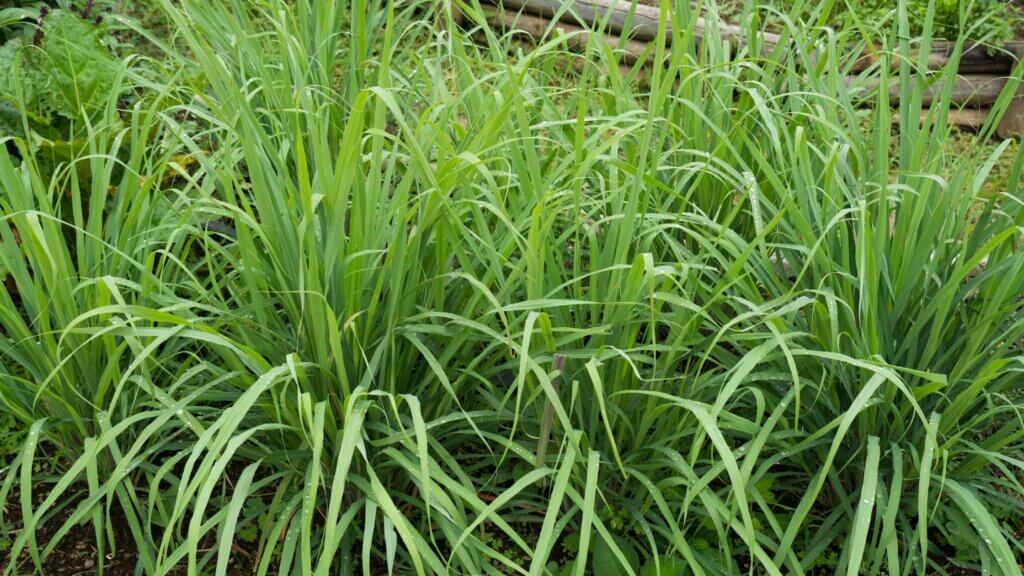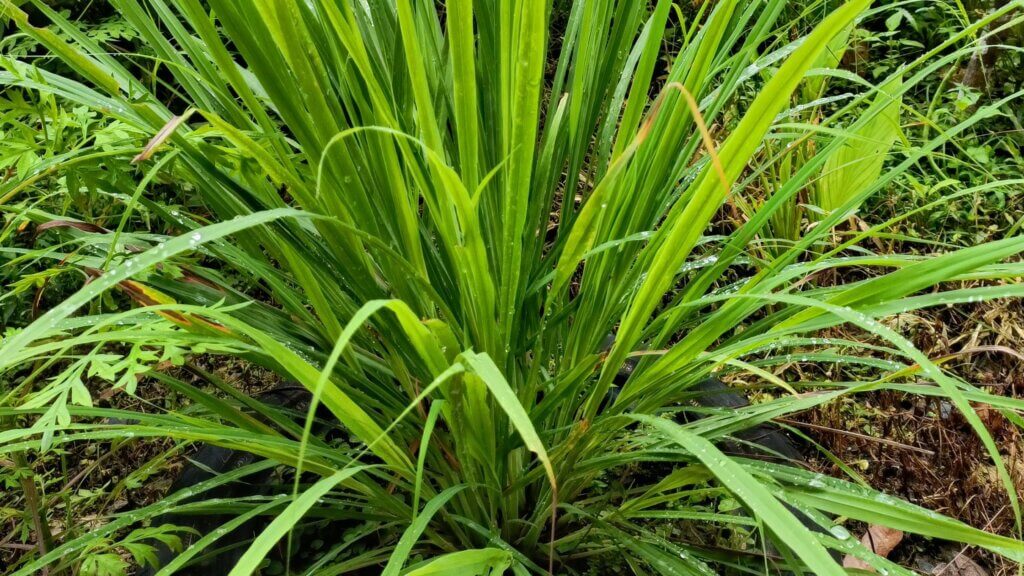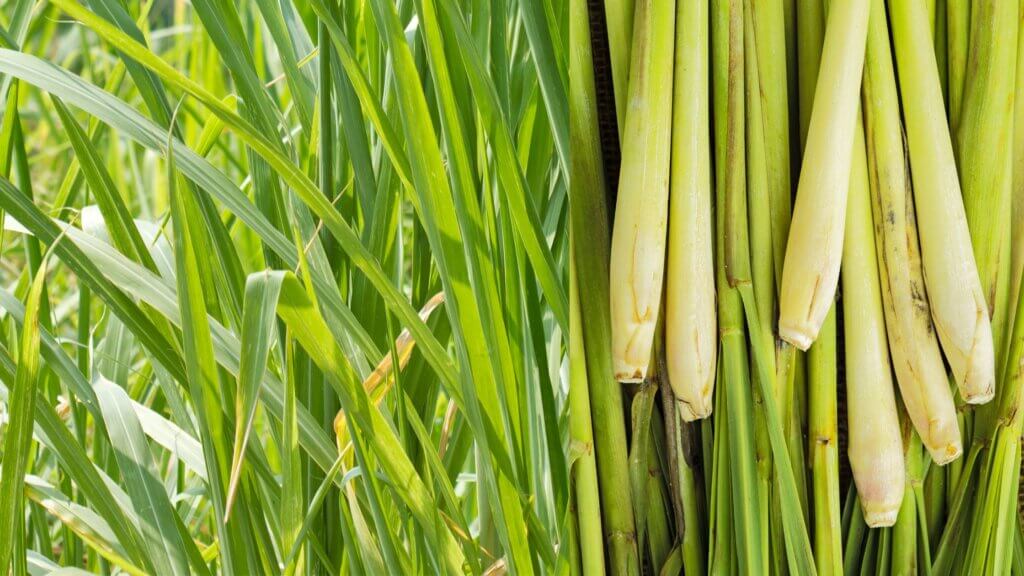If you’ve ever savoured the tangy, citrusy zing of Thai curries, aromatic soups, or refreshing herbal teas, you’ve likely tasted the magic of lemongrass. This tropical grass with a sweet lemon scent is an essential ingredient in Thai and Eastern Asian cuisine. Not only is it packed with flavour, but it’s also incredibly rewarding and easy to grow at home. Let’s dive into the essentials of how to grow lemongrass, ensuring you have a flourishing plant that can elevate your cooking and perhaps even your health.
Lorem ipsum dolor sit amet, consectetuer adipiscing elit, sed diam nonummy nibh euismod tincidunt ut laoreet dolore magna aliquam erat volutpat.
Why Grow Lemongrass?
Aside from its incredible flavour profile, lemongrass boasts several medicinal properties. It’s known for its antibacterial, antifungal, and anti-inflammatory effects, making it a valuable addition to your herbal collection. Plus, it’s evergreen, meaning it can keep adding that lush, green aesthetic to your garden almost year-round—if you treat it right!
Getting Started: Where and How to Plant Lemongrass
How to grow Leemongrass From Store-Bought Stalks:
1. Choosing the Right Stalks
You can easily grow lemongrass from store-bought stalks. Head to your local supermarket and pick the plumpest ones you can find. Once home, remove any dry, scraggly leaves from the base and trim the top of the stalks. The fresher the stalks, the better your chances of successful propagation.
2. Rooting Lemongrass Stalks in Water
Rooting lemongrass in water is ridiculously easy. Here’s how: Insert toothpicks into the stalks to suspend them in a glass of water. The bottom of the stalks should be submerged about 1 cm, just enough to keep the base moist but not so much that it causes rotting. Place the glass on a sunny windowsill and wait. Within a week or two, you should see new leaves shooting up, followed by roots. When the roots reach about 5 cm, you’re ready to transplant.
Pro Tip: Add a little liquid fertiliser, like Seagro feeder, to the water once roots begin to develop. This gives the plant a nutrient boost before planting.
How to Grow Lemongrass from Seeds
Growing lemongrass from seeds can be a bit more challenging than using store-bought stalks, but it’s entirely possible and rewarding if you have patience. Here’s how to do it:
1. Getting Your Seeds
- Purchase high-quality lemongrass seeds from a reputable supplier to increase your chances of success. Note: lemongrass seeds can be slow to germinate.
2. Planting the Seeds
- Soil Preparation: Use a well-draining potting mix enriched with compost or organic matter. You can also start seeds in seed trays or small pots to control the environment more easily.
- Sowing Depth: Sow the seeds on the soil surface and cover them lightly with a thin layer of soil or vermiculite. The seeds need warmth to germinate, so consider using a seedling heat mat if you are planting during cooler months.
- Watering: Mist the soil lightly with water to keep it moist but not soaked. Cover the pots or seed trays with plastic wrap or a humidity dome to retain moisture and warmth, creating a greenhouse effect.
3. Germination
- Place the pots or trays in a warm, sunny spot. Be patient, as germination can take same time.
- Once seedlings emerge, remove the plastic covering and continue to keep the soil moist but not waterlogged. As the seedlings grow, thin them out to give each plant space to develop properly.
4. Transplanting Lemongrass Seedlings
- When the seedlings are large enough to handle and have developed a few sets of leaves, you can transplant them to their permanent location in the garden or into larger pots. Make sure to choose a sunny spot with fertile, well-drained soil.
- Space the seedlings about 60 cm apart to give them room to grow into large clumps. Water regularly and mulch around the base to retain soil moisture and suppress weeds.
Planting Lemongrass in Your Garden
1. Location, Location, Location!
Lemongrass loves warmth and sunshine. Choose a spot in your garden that gets full sun—ideally six hours or more of direct light each day. In cooler climates, consider planting lemongrass in a container so you can bring it indoors during the winter.
2. Soil and Fertiliser Needs
Soil: Well-draining, loamy soil is ideal. Heavy soils that retain water are a no-go since lemongrass is prone to root rot in overly wet conditions. Mixing in compost will improve drainage and add nutrients. Fertiliser: Lemongrass thrives on nitrogen-rich fertilisers. Feed your plants with a liquid fertiliser every few weeks to keep them lush and green. Remember, healthy soil equals a healthy plant.
3. Planting Lemongrass
Once your stalks have rooted, plant them in the prepared soil, burying the roots and the base of the stem. Space them at least 60 cm apart, as lemongrass clumps can grow quite large. Water regularly, especially during dry spells, but be careful not to waterlog the soil. Consistent moisture is key, but soggy roots are the enemy.
Caring for Your Lemongrass
1. Watering
Lemongrass dries out quickly, especially in warm weather. Make sure to water deeply but allow the soil to dry slightly between watering. Mulching around the base can help retain moisture and regulate soil temperature.
2. Pruning and Maintenance
Pruning: Remove any dead or brown leaves to keep your plant looking neat. This also encourages healthy new growth. Dividing the Clumps: Every couple of years, you should lift and divide the clumps in spring. This not only helps maintain the plant’s vigour but also gives you more lemongrass to plant or share with friends.
3. Frost Protection
If you live in an area prone to frost, take precautions. In mild climates, mulching the roots can help prevent them from freezing. Alternatively, move potted lemongrass to a sunny, warm spot to keep it thriving through the winter.
Fun Fact: In very cold regions, lemongrass may go semi-dormant or die back completely in winter. Don’t worry; with a bit of protection, it often bounces back in spring!

Common Questions About How to Grow Lemongrass
How can I grow lemongrass at home?
You can grow lemongrass at home easily using either seeds or store-bought stalks. For stalks, place them in water until roots form, then transplant them into well-draining soil in a sunny spot. If starting from seeds, plant them in warm, rich soil and provide plenty of sunlight and water regularly to keep the soil moist.
Where does lemongrass grow best?
Lemongrass grows best in warm, sunny locations with at least six hours of direct sunlight per day. It thrives in fertile, loamy soil that drains well and is enriched with organic compost. If you live in a cooler climate, consider planting it in a pot so you can bring it indoors during the winter.
Can you plant supermarket lemongrass?
Yes, you can plant supermarket lemongrass! Choose the freshest, plumpest stalks with the base intact. Remove any dry or dead leaves, then place the stalks in a glass of water until they develop roots. Once the roots are 5 cm long, transplant them into your garden or a pot.
Can I grow lemongrass from cuttings?
Absolutely! Lemongrass can be easily grown from cuttings. Take a healthy stalk from the base, trim off the top leaves, and place it in water. Once roots have formed, plant the cutting in soil. This method is simple and works well, especially with fresh stalks from the supermarket.
Does lemongrass need sun or shade?
Lemongrass prefers full sun and needs at least six hours of direct sunlight each day. While it can tolerate a bit of partial shade, full sun will produce the best growth and the healthiest plants.
Should lemongrass be planted in pots or ground?
Lemongrass can be planted both in pots and directly in the ground. If you live in an area with cold winters, planting in pots is a good option, as it allows you to bring the plants indoors. In warm, frost-free regions, lemongrass can thrive when planted directly in the ground.
How long does lemongrass take to grow?
Lemongrass takes about four to six months to reach maturity when grown from seeds. If you’re propagating from stalks, you’ll likely have a usable plant in about three to four months. Once established, lemongrass grows quickly and produces new stalks continuously.
What not to plant with lemongrass?
Avoid planting lemongrass near plants that prefer drier or shadier conditions, such as lavender or rosemary. Lemongrass needs consistent moisture and plenty of sunlight, so it grows best with other sun-loving, water-loving herbs like basil or mint.
Does lemongrass plant repel mosquitoes?
Yes, lemongrass is known for its mosquito-repelling properties. The plant contains citronella, a natural oil that repels mosquitoes. You can plant lemongrass around your outdoor living areas to help keep these pests at bay.
What makes your lemongrass grow faster?
To encourage faster growth, plant lemongrass in nutrient-rich soil and use a nitrogen-rich fertiliser every few weeks. Consistent watering, full sun exposure, and good air circulation also contribute to robust, rapid growth.
What is the lifespan of lemongrass?
Lemongrass is a perennial plant in warm climates, meaning it can live for several years. In colder regions, it may die back in the winter but will regrow in the spring if protected from frost. With proper care, lemongrass clumps can last and thrive for many years.
Does lemongrass need to be watered every day?
Lemongrass does not need to be watered every day, but the soil should remain consistently moist, especially during dry spells. Water deeply when the topsoil feels dry, and mulch around the base to help retain moisture and prevent the soil from drying out too quickly.

Additional Resources
For more detailed information on growing lemongrass, check out these helpful links:
- Stodels: Grow Your Own Lemongrass: A comprehensive guide with practical tips on planting, caring for, and harvesting lemongrass in your home garden.
- Gardening in South Africa: Lemongrass (Cymbopogon citratus): Detailed information on lemongrass varieties, growth habits, and its many uses in cooking and home remedies.
- PlantInfo: Cymbopogon citratus (Lemongrass): An excellent resource for understanding lemongrass care, propagation, and its environmental benefits.
These resources will give you additional insights and expert guidance to help you grow and maintain healthy, thriving lemongrass plants.


